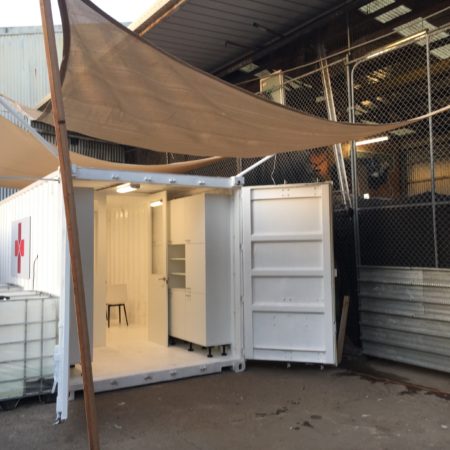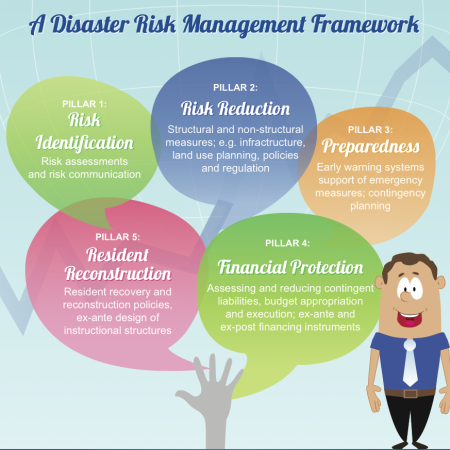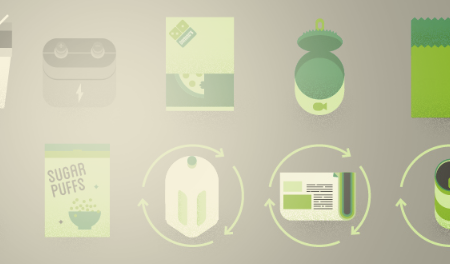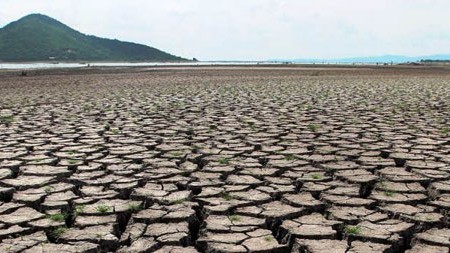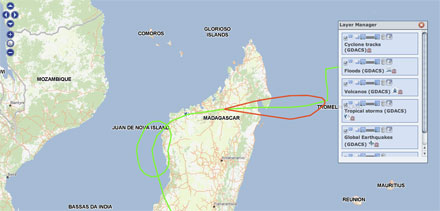Fantastic Plastic
In today’s consumer world, plastic is everywhere—from plentiful stores of bottled water to disposable plasticware to the containers that hold our store-bought food. It seems like you can’t go out shopping without running into a good deal of plastic. And while this material is strong, reliable, and undoubtedly useful, we also may have way too […]
GA.4.Disasters Project
Project Title: GEOSS Architecture for the use of Satellites for Disasters and Risk Assessment (GA.4.Disasters) The purpose of the WGISS GA.4.Disasters project is to address the use of satellites, sensors, models and associated data products to support disaster response and risk assessment. The purpose of the GEOSS architecture is to provide an enterprise perspective for […]
Monash Disaster Resilience Initiative
The Monash Disaster Resilience Initiative (MDRI) has been established to harness university-wide expertise with the goal of strengthening community-based disaster resilience. The aim is to provide the expertise to shape new approaches to disaster preparedness and management under the context of the Council of Australian Governments’ National Strategy for Disaster Resilience. This will […]
Kyoto Protocol
Climate changes are an incinerator for natural disasters. Global warming is induced by the release of greenhouse gases into the atmosphere by industry and transport. The Kyoto Protocol, aimed at reducing the production of greenhouse gases, also contributes to the long-term prevention of natural disasters. The UNFCCC United Nations Framework Convention on Climate Change was […]
Observing the earth
Satellite images and geographic data provide an important resource for predicting, identifying and observing natural disasters and for coordinating prevention measures and relief efforts. One class of earth observation instruments are optical detects of solar energy, reflected back from earth, into space across various wavelengths, including visible light and invisible infrared bands. Radar instruments shine microwave […]
